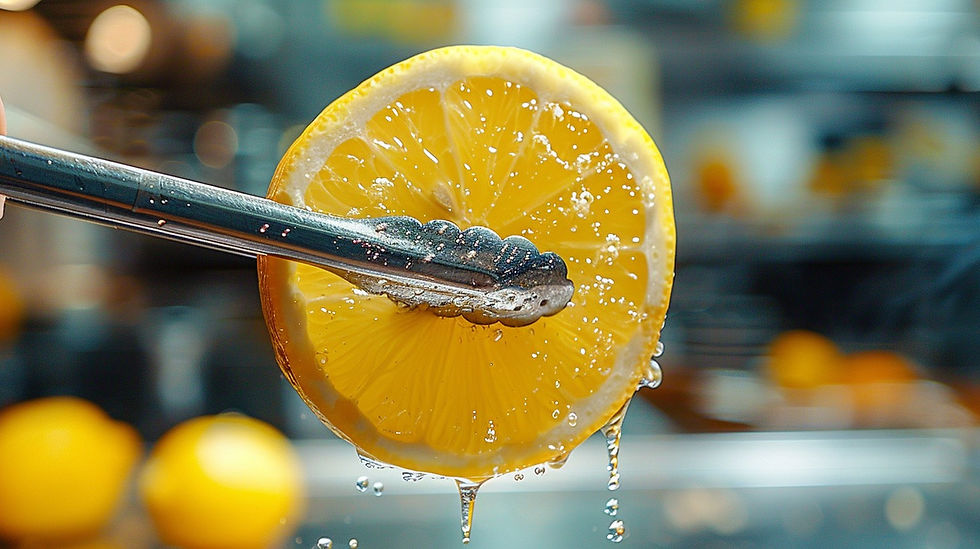Lime vs Lemon: The Citrus Showdown You Didn't Know You Needed
- okolobicynthia
- 6 days ago
- 3 min read

They may look like cousins, taste like twins, and share that same mouth-puckering zing but limes and lemons are far from identical. These two citrus powerhouses have been brightening up dishes, drinks, and even skincare routines around the world for centuries. Yet, many people still can’t tell one from the other. So, what truly separates these tangy titans? Let’s peel back the layers and find out.
A Quick Squeeze of History
Both limes and lemons belong to the citrus family, but their origins tell different stories.
Lemons are believed to have originated in Northern India before spreading across Asia and into Europe through trade routes.

Lemon Limes, on the other hand, likely came from Southeast Asia, with Arabian traders helping spread them to the Mediterranean and beyond.

Lime
Their global journeys made them essential ingredients in cuisines everywhere—from tropical cocktails in the Caribbean to zesty marinades in the Middle East.
Spot the Difference: Lemon vs Lime
If you’ve ever stood in the grocery aisle wondering which is which, here’s a simple guide:


Feature Lemon 🍋 Lime 💚 Color Bright yellow Vibrant green (some turn yellow when ripe) Taste Tart but slightly sweet, Sharper, more acidic, and bitter Size & Shape Larger and oval-shaped Smaller and rounder Aroma Fresh, floral, and mild Intense, tangy, and punchy
In short: lemons give you sunshine, limes give you sass.
Nutritional Face-Off
When it comes to health benefits, both fruits are vitamin-packed champions.
They’re loaded with Vitamin C, antioxidants, and flavonoids—all crucial for boosting immunity and keeping your skin radiant.
But here’s a fun fact:
Limes tend to have a higher concentration of citric acid, which makes them slightly better at preserving foods and cleaning surfaces.
Lemons, however, pack a little more Vitamin C and are more commonly used for detox drinks and skincare.
So, whether you’re chasing clearer skin or stronger immunity, either fruit can work wonders.
In the Kitchen: The Flavor Divide
Culinary experts often describe the difference between lemons and limes as the contrast between sunlight and spice.
Lemons complement desserts, teas, salad dressings, and seafood with their light, floral tang.
Limes dominate in Mexican, Thai, and Caribbean cuisines—think tacos, mojitos, and curries—bringing bold, zesty brightness to every bite.
Pro tip:
Use lemon when you want a gentle lift.
Use lime when you want a flavor explosion.
Beyond the Plate: Citrus Magic
Both fruits go beyond the kitchen. Their oils are used in perfumes, cleaning agents, and even natural remedies. Lemons are known for their whitening and deodorizing powers, while limes are often used in aromatherapy to combat fatigue and stress.
And yes, that’s why so many beauty products smell like your favorite summer cocktail.
So, Which One Wins?
That depends entirely on your taste buds and purpose.
Need a burst of brightness in your morning water? Go with lemon.
Making a spicy dish or cocktail that needs a tangy kick? Reach for lime.
At the end of the day, these two citrus siblings are less rivals and more partners in zest—each bringing their own kind of magic to the table.
Final Squeeze
Whether you’re sipping lemonade on a sunny afternoon or adding a twist of lime to your tacos, one thing’s clear: life would be a lot duller without these zesty little fruits. 🍋💚
So next time you see a lemon or lime, remember—they may look alike, but each has its own story to tell, one juicy drop at a time.










Comments